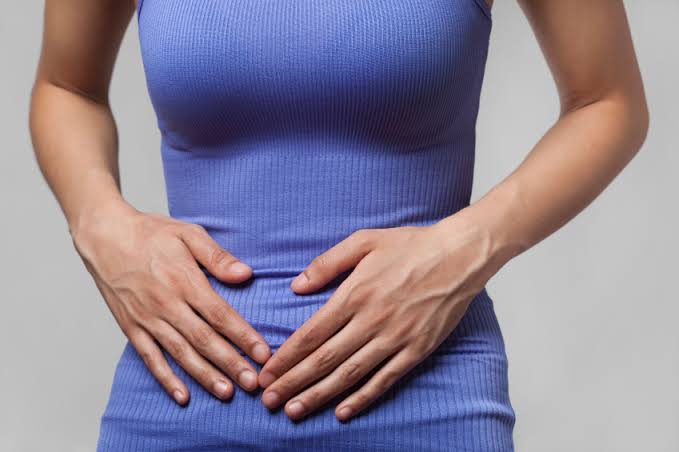Dr. Olivia Nwankudu, the Convener, EndoSuurviors International Foundation,
says not all menstrual pains and cramps are normal, as some might be associated with endometriosis condition.
Nwankudu told the News Agency of Nigeria (NAN) on the sideline of the Fourth Annual Endometriosis Awareness Symposium,
organised by the foundation in conjunction with Association of Medical Ultrasound Practitioners of Nigeria (AMUPN) on Friday in Lagos.
NAN reports that Endometriosis is an often painful condition in which a tissue similar to the one that lines the inside of the uterus,
endometrium grows outside the uterus.
The disorder can cause severe pelvic pains and menstrual pains.
The convener said most women and young girls having painful menstruation usually generalised it to be normal thing, saying not all menstrual pains/cramps should be considered normal.
She added that most menstrual pains were caused by endometriosis condition, but many people did not know because they assumed it to be normal when women had pains during menses.
She explained that the condition mostly affected women that were within the reproductive age, causing about 40 per cent of infertility among women.
According to her, the condition has affected many marriages as it has rendered some women barren.
Nwankudu, therefore, advised young girls and women who experience severe menstrual pains to seek medical attention as that might be a sign of endometriosis condition.
She advised parents, caregivers and teachers to desist from generalising all menstrual pains as normal, and called medical intervention.
She said “I was a victim of endometriosis. I started experiencing painful menstruation from the very day my menstruation started at the age of 13.
“At that time, my parents told me that I will get over it with time or when I get married.
“Even after marriage, the menstrual pains persist; a doctor told me that if I get pregnant the pains will go.
“But how do I get pregnant since endometriosis causes infertility. So, it becomes a big challenge because then, I did not know much about endometriosis.
“`That’s why we are clamouring for awareness because people need to be educated so that women who experience the peculiar symptoms of endometriosis will stop dying in silence and seek for the right medical care.
“Endometriosis is the leading cause of depression among women because lots of people with the condition are in silence and depression due to ignorance or the lack of information.”
Dr Bode Adewunmi, the President, AMUPN, said there were cost-effective ways through which endometriosis could be diagnosed and treated.
He identified diagnosis as a major challenge in the management of endometriosis, stressing that ultrasound and imaging modalities could help in the diagnosis
compared to the Magnetic Resonance Imaging (MRI).
According to him, the transvaginal ultrasound scan that cost about N1,500 can be used to detect endometriosis, as not everybody can afford the MRI scan of N70,000.
He added that “we are looking for cost-effective methods of diagnosing endometriosis for third world countries, whose earning power may not be high, and they should not die or suffer because they do not have money.
“Not everybody can afford the MRI or the surgical interventions. So, if we can downplay the ultrasound modalities, it will go a long way to help those with endometriosis condition.
“If a woman is having painful menstruation, she shouldn’t just keep quiet, let her take the first line of action, go for the transvaginal ultrasound and detect the condition, then take it from there.”
The Provost of AMUPN, Mrs Opeoluwa Oduwole, said early detection was key in the management of endometriosis.
Oduwole said that the frequency of transvaginal ultrasound was also necessary, adding that it should be carried out at two weeks intervals and be accompanied with proper treatment.
NAN


